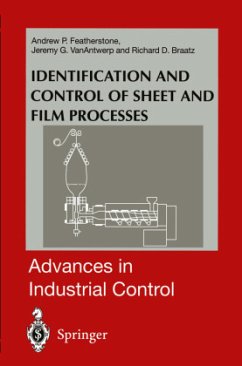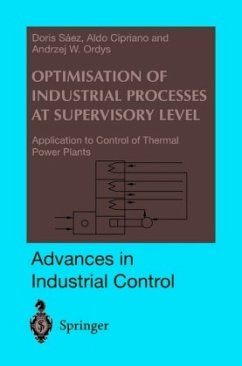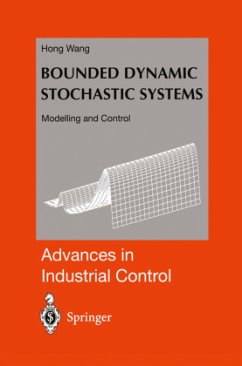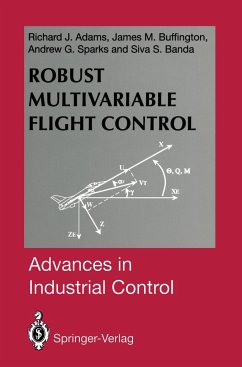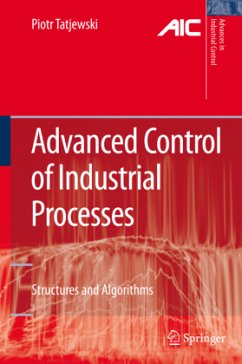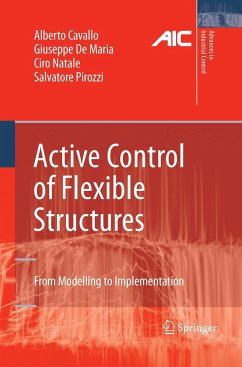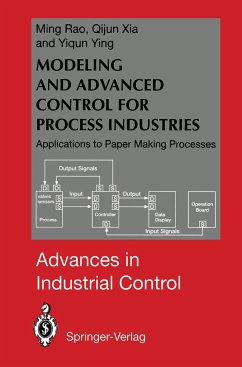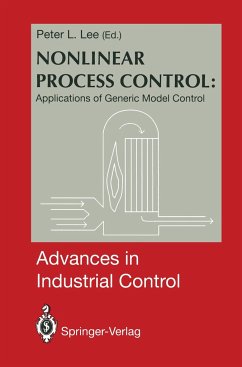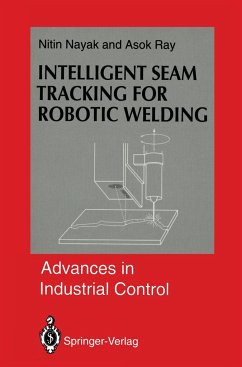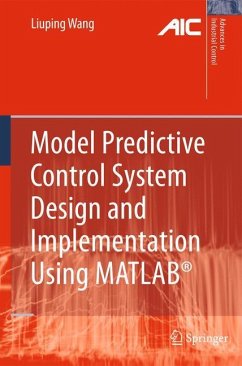
Identification of Multivariable Industrial Processes
for Simulation, Diagnosis and Control

PAYBACK Punkte
20 °P sammeln!
Identification of Multivariable Industrial Processes presents a unified approach to multivariable industrial process identification. It concentrates on industrial processes with reference to model applications. The areas covered are experiment design, model structure selection, parameter estimation as well as error bounds of the transfer function. This publication is intended to fill the gap between modern systems and control theory and industrial application. It is based on the results of 10 years of research and application experiences. The theories and models discussed are fully explained a...
Identification of Multivariable Industrial Processes presents a unified approach to multivariable industrial process identification. It concentrates on industrial processes with reference to model applications. The areas covered are experiment design, model structure selection, parameter estimation as well as error bounds of the transfer function. This publication is intended to fill the gap between modern systems and control theory and industrial application. It is based on the results of 10 years of research and application experiences. The theories and models discussed are fully explained and illustrated with case studies. At an early stage the reader is introduced to real applications.





